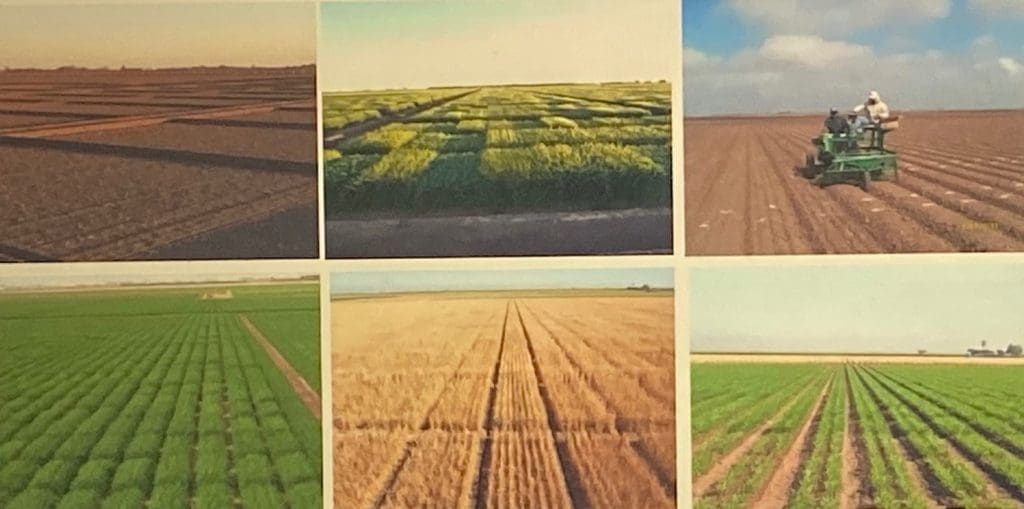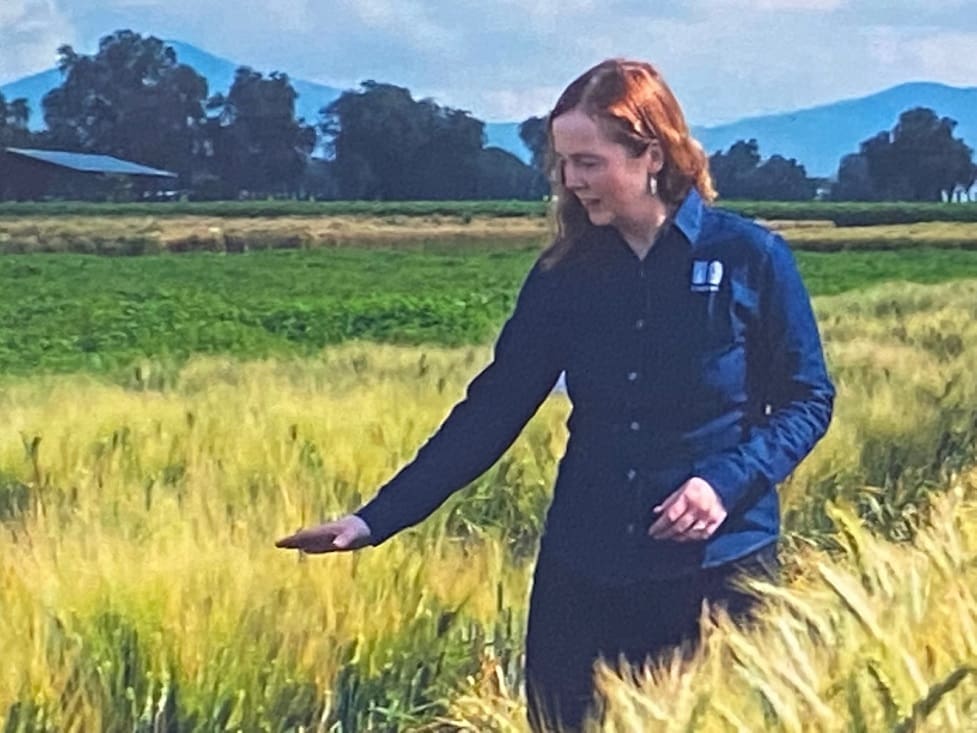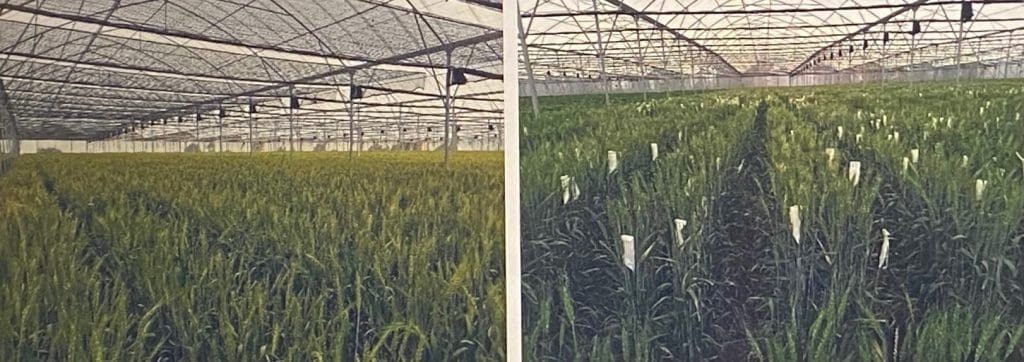
Extensive wheat trials at CIMMYT’s research station at Obregon in northern Mexico.
THE global wheat research centre in Mexico – known by the awkward acronym CIMMYT – continues to develop the vital genetic and varietal material that underpins wheat-breeding programs around the world, including in Australia.
More than 90 per cent of the wheat varieties grown in Australia can be traced back to CIMMYT varieties and varieties derived from the CIMMYT program are now being grown on more than 50pc of the spring wheat area in developing countries.
Today, much of that global wheat improvement work falls under the governance of Australian, Dr Alison Bentley.
In November 2020, Dr Bentley took up the position of director of the Global Wheat Program at CIMMYT and the CGIAR Research Program on Wheat (WHEAT).
She grew up in Sydney and received a doctorate in agricultural science and PhD in agriculture from The University of Sydney.
Prior to joining CIMMYT, she worked in the United Kingdom for 14 years on wheat breeding and genetics.
At CIMMYT Dr Bentley leads and manages a team of scientists who use scientific approaches to develop improved wheat germplasm.
Long-established Australian links
Dr Bentley said there was a long history of CIMMYT germplasm and breeding material being used in the Australian wheat-growing industry.

Alison Bentley
“The CIMMYT breeding strategy is focused on wide adaptation and resilience which are characteristics that are needed in Australia. We do a lot of work on making sure material is resilient to drought and heat stress. So, the breeding germplasm is very relevant,” she said.
Dr Bentley said the wheat variety, Borlaug 100, which had “made a splash in Australia” since its release a few years ago, was an example of CIMMYT material.
“That shows the potential of the material itself, but a lot of breeders have used the material to bring in new diversity which is useful for expanding what is available for Australia growers,” she said.
Dr Bentley said another focus of the breeding work at CIMMYT was on rust resistance, which was very relevant to Australian production system.
“We do a lot of work to identify and incorporate effective resistance, working with teams in Australia where there is a lot of active research on rust and how to put lots of different resistances together to produce varieties that are resistant and stable over time,” she said.
“There has been a long relationship between CIMMYT and Australia on rust in particular. There is a big investment both in Australia and in CIMMYT programs because of the rust threat.”
Speed breeding
Dr Bentley said researchers at CIMMYT were using a number of new, advanced techniques to reduce plant life cycle times and speed up breeding efforts.
“Plant breeding techniques are advancing all the time. That is where we are learning from Australia with things like speed breeding by the team at the University of Queensland. They are speeding up the breeding cycle by putting the plants in controlled conditions under high light which speeds up the lifecycle which means you can get through the generations faster,” she said.
“We are using that approach to try to reduce the amount of time it takes to produce advanced material.”
Addressing a webinar run by the Queensland Alliance for Agriculture and Food Innovation (QAAFI), Dr Bentley said a sophisticated new greenhouse covering about two hectares had been constructed at CIMMYT where the plant-growing environment was tightly controlled to rapidly advance the early stages of the breeding program.
With the new facility, plant breeding cycle times can be reduced from the current period of around six years to three years.
“We are also using genomic selection to implement both the selection of lines in the program and for the rapid recycling of parents into the start of the breeding process with the aim to speed up the breeding process,” she said.

A sophisticated new greenhouse covering about two hectares at CIMMYT has a tightly controlled environment to rapidly advance the early stages of the breeding program.
- CIMMYT is the Spanish acronym for The International Maize and Wheat Improvement Center.
- CGIAR is the Consultative Group on International Agricultural Research.
Grain Central: Get our free cropping news straight to your inbox – Click here

HAVE YOUR SAY